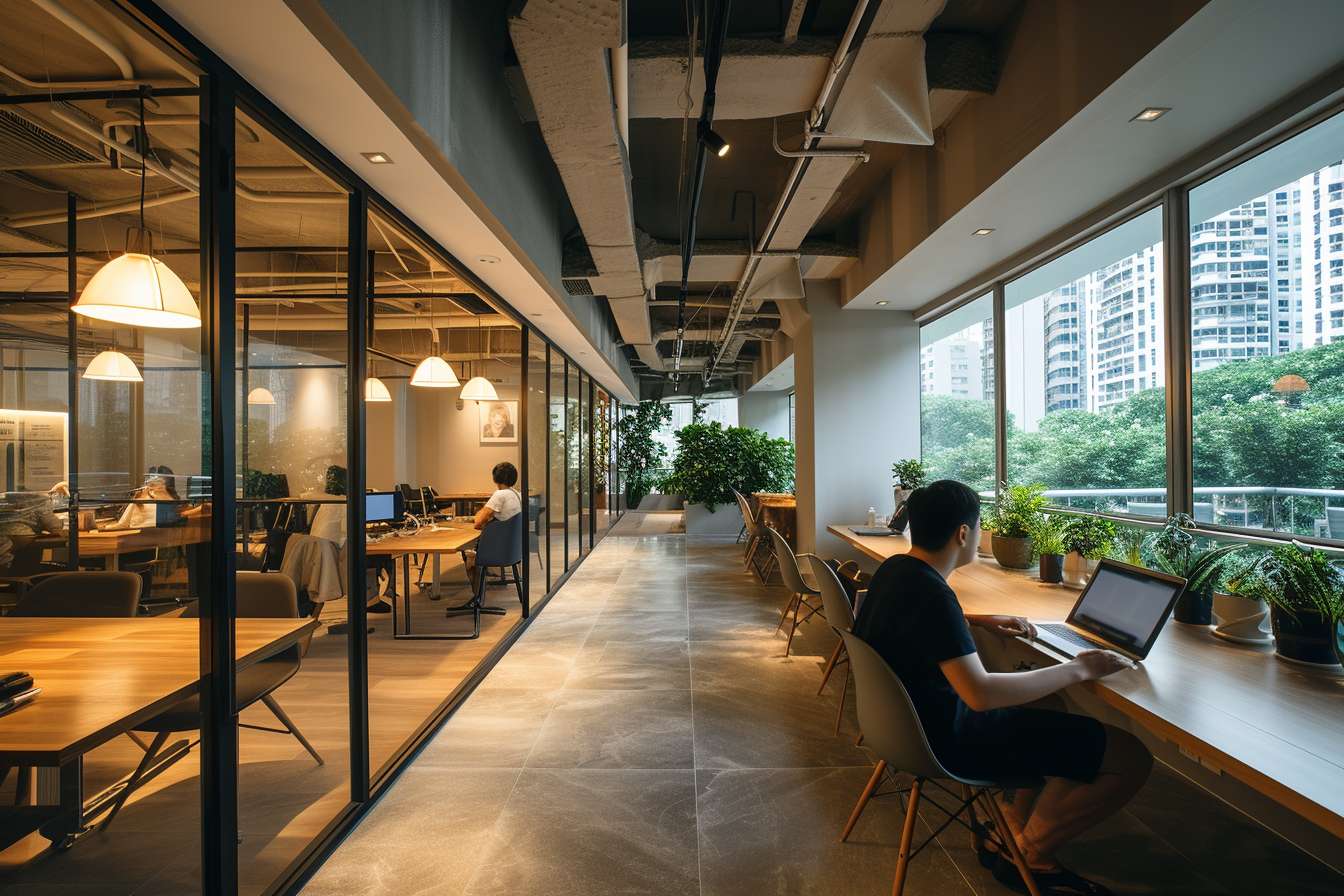Optimizing small rooms for efficient at-home work setups
Turning a compact room into an efficient at-home work area means balancing ergonomics, lighting, privacy, storage, and connectivity while maintaining comfort and focus. This article offers practical layout tips, furniture suggestions, organization strategies, and simple air quality and decor ideas—like plants and routines—to support sustained productivity in limited space.

Working in a compact room can be perfectly compatible with focused, healthy work if you plan around ergonomics, lighting, and noise control. Start by mapping available floor and wall space, noting natural light sources and common distraction points. With careful furniture choices, intentional storage solutions, and modest adjustments for air quality and acoustics, a small room can become a pleasant, functional workspace that supports concentration and wellbeing over long periods.
Ergonomic furniture and comfort
Choose an adjustable chair with good lumbar support and a desk at the correct height so your forearms are roughly parallel to the floor when typing. If a full-sized desk doesn’t fit, a compact corner desk or wall-mounted fold-down surface can provide sufficient workspace without crowding the room. Add an external keyboard and monitor riser so your screen is at eye level to avoid neck strain. Small additions like a footrest, seat cushion, or wrist rest improve comfort during long sessions and reduce the risk of repetitive stress.
Lighting and air quality considerations
Prioritize natural light where possible and position your desk to benefit from it without causing glare. Use a consistent task lamp with adjustable color temperature for focused work and a soft ambient light for late afternoons and evenings to reduce eye fatigue. For air quality, ensure regular ventilation by opening windows when feasible, or use a compact air purifier in rooms with limited airflow. Plants can provide modest improvements in perceived air freshness and create a calming visual environment, though they should complement—not replace—proper ventilation.
Privacy, soundproofing, and boundaries
Identify where interruptions and noise originate, then apply targeted solutions. Heavy curtains, bookcases, or acoustic panels can attenuate sound through walls or doors. Noise-canceling headphones are effective for blocking ambient sounds during calls. Establish clear boundaries with housemates through visible cues—closed-door policies, scheduled quiet hours, or a simple sign—to reduce interruptions. Visual separators like a small room divider or a distinct rug can also help create a psychological separation between work and personal life.
Storage, organization, and decluttering
Maximize vertical storage with wall shelves, pegboards, or slim tall cabinets to free floor space. Use labeled boxes or drawer organizers to keep supplies accessible but out of sight. A weekly or biweekly decluttering habit—sorting items into keep, store, and recycle—prevents accumulation of nonessential items. Cable management solutions and a designated charging station tidy surfaces and speed setup. Multipurpose furniture, such as ottomans with storage or desks with integrated shelving, helps maintain a streamlined, productive environment.
Connectivity, productivity, and routine
A stable internet connection is essential: position your router strategically or consider a mesh system to improve coverage in small homes. Use a docking station to minimize time spent plugging and unplugging devices and keep an organized cable layout. Establish a consistent start-of-day routine—check connectivity, adjust lighting, and clear the desk—to create a mental switch into work mode. Break tasks into focused blocks with short movement breaks to sustain concentration and reduce fatigue; protect deep-work periods by muting notifications and communicating availability to others.
Plants and microclimate adjustments
Select low-maintenance plants suited to the room’s light levels—pothos, snake plant, or ZZ plant can thrive with less direct light. Place plants where they won’t crowd work surfaces yet remain visually present to soften the space. Combine plants with small adjustments such as a desk fan for circulation or a compact humidifier in dry climates to support comfort. Use textiles like rugs and cushions to moderate acoustics and thermal comfort, balancing practicality with a tidy layout to avoid visual clutter.
This article is for informational purposes only and should not be considered medical advice. Please consult a qualified healthcare professional for personalized guidance and treatment.
Conclusion Optimizing a small room for at-home work is about deliberate choices: prioritize ergonomic furniture, layered lighting, privacy and sound control, efficient storage, reliable connectivity, and small air quality and decor adjustments. With consistent routines and periodic decluttering, a compact space can support long-term productivity and comfort without major renovations.





